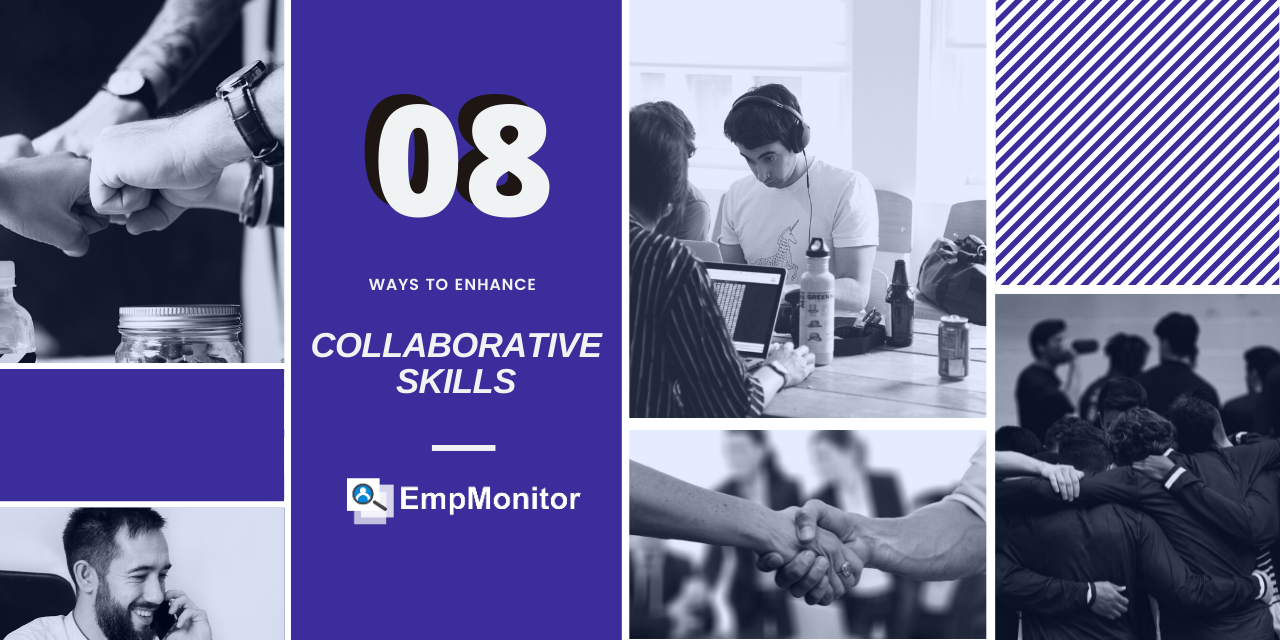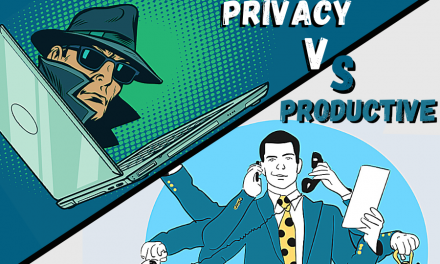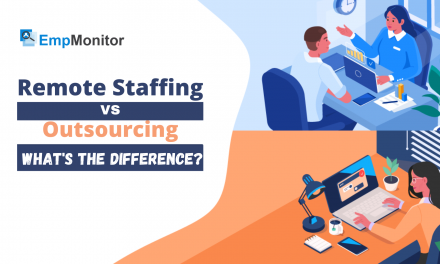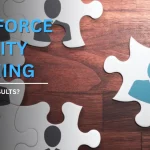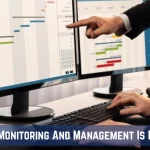As the world continues to go online, is it possible to improve workplace collaboration virtually? Well! In a nutshell, Yes!
The times are now different. People seek out and prefer to join an organization with a positive work culture over one that gives the finest of the best bonuses, certifications, or otherwise. Happy workplace culture is a result of successful teamwork and improved collaboration abilities.
With said that- Collaborative skills outshine other soft skills as it is an increasingly pivotal part of the job for many creative professionals. Whether you are currently a part of a team or are still building one, the question of how to get people on board and work together effortlessly might have crossed your mind. Because it entails stretching the company’s lines and redefining each individual’s participation and duties.
Therefore, in this post, we will go over all you need to know about improving your teamwork and collaboration skills, and certain aspects that contribute to a positive work environment.
Ready? Let’s jump right in!
What is Collaboration among employees?
Employee collaboration entails a group of people exchanging their ideas and skills in order to accomplish a common goal. Working together rather than alone boosts productivity and provides employees with a sense of purpose in the organization. It is also easy to come up with new ideas to solve an issue or perform the job on time.
So, what are collaborative skills? Collaboration skills are essential for success in most aspects of life and business, but they are hard to master. It involves individuals balancing their egos, adopting humility, effectively communicating, fixing issues, and, most importantly, committing to one another and a single goal.
Following are the skills that fall under this umbrella.
- Communication
- Social and emotional intelligence
- Problem-solving
- Group brainstorming
- Managing your time.
- Reasoning skills
These skills appear to be relatively uncomplicated at first sight. Shouldn’t it be simple to encourage problem-solving and coming up with ideas?
However, this is most likely not the case. It’s a lot simpler to say than to accomplish. Any team can run across a few hurdles that prevent them from collaborating together more efficiently. Let’s take a look at them in the next section.
How to build collaborative skills in the workplace
There is a wide range of ways to interact effectively at work, and the skills and tactics you use may lead to increased efficiency and success. Here are a few ideas for improving collaborative skills and encouraging teamwork in the workplace.
Communication Is The Key:
Finding the source of every new problem or settling into a new project entails active communication. It leads to efficient employee collaboration.
01- Listen first, talk later.
Active listening is the crucial element in all forms of communication. Listening to one another and making sure that everyone feels acknowledged and heard is an essential aspect of successful teamwork between individuals and teams. You will learn considerably faster and be able to find more holes if you emphasize listening. It also fosters trust, which leads to improved collaborations.
02- Cultivate a common language.
It is not a hidden fact that each department has its own buzzword and lingo. Because people have such a wide range of communication styles, it is crucial to design a common language that can lead to mutual understanding. Make every effort to establish an internal language that every department, team, and employee can understand. Define technical concepts clearly, and provide guidelines for how employees should engage with one another. It will be much simpler to overcome conflicts and collaborate effectively if everyone uses the same communication patterns.
Boost Employee Morale and Confidence:
Volunteering your unique ideas, thoughts, and feedback are all part of the collaborative skillset. So, it is vital to instill trust and morale among employees. Employees who feel comfortable expressing themselves and believing in their own ideas are significantly more likely to contribute constructively, and you can foster that mindset using the following strategies:
03- Acknowledge contributions.
Employees like performance feedback, even if it comes in the form of a figurative pat on the back, and knowing when they have done an outstanding job for their employers. When possible, publicly thank people for their contributions to the team. Taking time out of your day to express thanks may go a long way toward instilling confidence in your colleagues. When an employee believes they are competent at what they do, they are more likely to be productive.
04- Encourage creativity
Creativity in the workplace is a hidden treasure that you might ignore at first glance. After all, resolving conflicts & deciding how work gets done unconventionally is creativity in itself. Employee growth and experience rely on their ability to be creative.
Encourage the employee to engage in creative activities on a regular basis. How about sharing a whiteboard or inviting employees to doodle or engage in one of these team-building activities. Implementing collaborative teamwork skills is a nice change of pace from typical work, and it is a low-risk technique to get people thinking in new ways. When people realize how simple it is to contribute to a group, they are far more inclined to do so when the stakes are high.
05- Rewards and incentives
Many managers utilize incentives and awards to increase employee morale, encourage employees, and build collaborative skills via friendly competition. Instead of rewarding individuals just for their individual successes, businesses should also provide bonuses and incentives for the overall good performance of the team. In exchange for prizes and incentives, a business may see a rise in revenue, staff loyalty, and workplace cheerfulness.
The goal is to reduce internal competition so that employees do not view their colleagues as competitors. Instead, they should regard their employees as assets in the fight against external competition.
Improve Individual Skills for Employee Collaboration
You can also work one-on-one with workers or conduct seminars to help them build these essential employee collaboration skills:
06- Work with people’s strengths
When it comes to managing a team, no two people are the same. When you give responsibilities and projects to individuals based on their strengths, you will find that they are more driven to contribute their particular skills to the group’s goal. Recognize your workers’ uniqueness as assets to your business. To put this step into action, talk to workers one-on-one to find out where they see themselves contributing the most at the start of new initiatives.
07- Work on projects outside your comfort zone
Everyone has a comfort zone; it is the zone where habit and familiarity create a sense of security and predictability.
Opening your employees’ minds to new experiences, improving collaboration skills, and providing an opportunity for both professional and personal growth is significantly more challenging.
Use the chance to offer your creative talents with an opportunity to learn from colleagues in other departments. For example- If your staff primarily focuses on web design and has the opportunity to assist in implementing a new project management system, grab all the knowledge from media services, IT, and training to expand your comfort zone.
08- Equip teams with the right tools and software
You may be aware of all the collaborative tools that may help you improve your collaboration skills. You will also need a few more that prioritize collaboration. When you need a top-down perspective of reports and employee insights, tools like EmpMonitor may be a prominent partner and is the audience choice.
EmpMonitor is the most comprehensive and sophisticated employee monitoring software available, allowing businesses to monitor their employees’ computer usage and other digital activities during working hours. In a single dashboard, you can quickly measure work hours, active hours, and staff productivity.
WEBSITE AND APPLICATION MONITORING
EmpMonitor keeps track of the applications your employees use on their devices. It gives you real-time information on the top ten applications used by your staff. You can also seek the exact details of 180 days if that is what you are looking for:
SCREENSHOT MONITORING
You may use the screenshot feature in EmpMonitor to see how much time your employees are keeping their system idle, doing nothing. It takes screenshots of your employees’ systems at a predetermined period of time that you may regulate according to your needs.
LOCATION-BASED TRACKING
Track your employees’ whereabouts with GPS and keep an eye on them. However, their personal geolocation data will be kept secure and adhered to in accordance with the country’s legal restrictions.
TIMESHEETS
This function keeps track of your employee’s status as well as their time spent at work. Productivity, Active Hours, Productive Hours, Idle Hours, Unproductive Hours, Breaks, Neutral Hours, Total Hours, Clock-in and Clock-Out Time Details are also available.
ALso watch: How to Download & Check Employee Productivity Reports With EmpMonitor | EmpMonitor How-To Tutorial
EmpMonitor is a considerably more compact solution than any other monitoring software. If you are seeking a tool that can help you understand which employees are non-collaborative and enhance their collaborative skills, EmpMonitor is a one-stop solution.
Also read:
06 TIPS FOR CREATING A FEEDBACK CULTURE FOR REMOTE WORKERS
FOSTER CROSS-FUNCTIONAL COLLABORATION WITH THE BEST TRACKING SOFTWARE
Final Thoughts:
Building collaborative skills in the workplace is a long-term project. It’s one way to ensure a healthy workforce. Employees should be involved as much as possible in new projects and goals. It generates a virtuous cycle in which you build more engaged people, identify more possibilities to increase collaboration, and expand your company. To create a large empire, get the most out of each of your team members.
After all! This is a skill that you and your team can continue to hone, and one of the ideal places to start is with what you already have.

